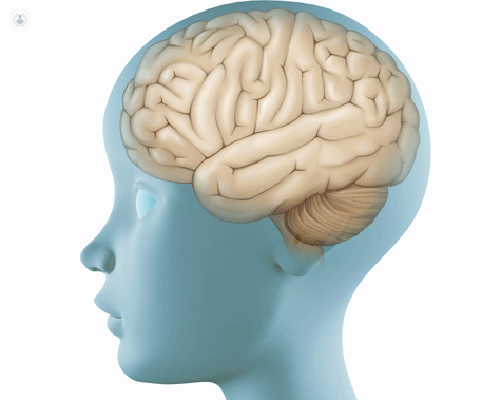

Neurorehabilitation is a medical process aiming to aid recovery from neurological disorders and injuries to the nervous system. Neurorehabilitation begins after the acute stage of treatment for brain injury ends, and helps the patient to recover improve function and cognitive abilities, and to compensate for any brain function alterations resulting from injury or the subsequent treatment.

What is neurorehabilitation used to treat?
Neurorehabilitation is commonly used to treat such conditions as stroke, cerebral palsy, Parkinson’s disease, traumatic brain injury, multiple sclerosis, post-polio syndrome and Guillain-Barre syndrome.
What does neurorehabilitation involve?
Neurorehabilitation involves a set of therapeutic techniques, and begins with tests of integral neurophysiology, for example, electromyograms and electrocephalograms (EEG) to give a full assessment of the needs of the patient.
Using this assessment, the neurorehabilitation team will aim is to promote the skills of the patient, and attempt to get them as much independence as possible.
This involves a number of approaches to treatment that not only aims for physical improvement, but also a holistic approach to cater for social, cultural and psychological aspects to their personality to lead to improvements in self-esteem and to help the patient feel more confident about their abilities.
Neurorehabilitation not only focuses on teaching and training the patient to improve abilities, but also has a focus on nutrition and the patient’s daily routine in order to best facilitate the road to recovery.
Areas of neurorehabilitation
Neurorehabilitation can focus on the different aspects needed to improve recovery. Using physiotherapy, occupational therapy, psychological therapy, speech and language therapy and vision therapy techniques where necessary, the patients overall ability can be improved.
A physiotherapist can improve any physical function problems resulting from the brain injury or disease, while occupational therapists can help to teach new techniques to help the patient return to work and complete daily necessary tasks.
For any problems with speech resulting from the brain injury, or commonly from a stroke, a speech and language therapist can help to overcome these difficulties, and also with any problems with swallowing or eating. A vision specialist will also help if sight is affected.
A dietician can help to improve the patients eating regime and diet, which can become problematic following injury.
New developments in neurorehabilitation
With new developments in technology, come new developments in the way neurorehabilitation is provided. Greater imaging techniques allow for an improved assessment, while virtual reality and video games can provide new options for improving cerebral development and rehabilitation. New developments in robotic technology offer new options for physical development and stimulation following brain injury.
